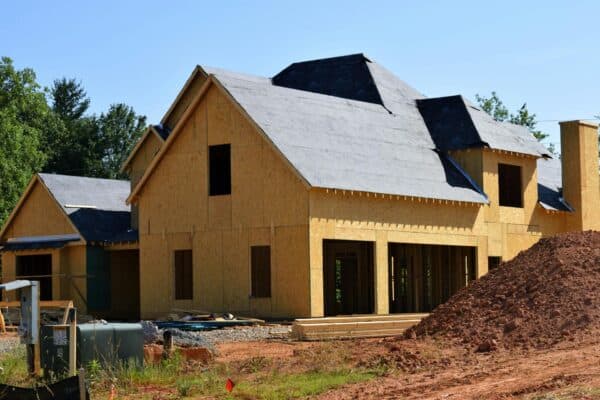
The roofing industry is undergoing a significant transformation driven by technological advancements. Many innovative technologies have been introduced to roofers, helping them to find success in a competitive market by becoming more efficient, safe and sustainable. Here are some key technologies shaping the roofing industry.
Software and Digital Tools
Different project management software has helped roofers to streamline scheduling, budgeting, and communication for their roofing projects. More specifically, some roofing crm systems have been developed to improve roofers’ customer relationship management and other aspects of their roofing business. On the other hand, data analytics tools allow roofing contractors to track performance metrics like job profitability and allow them to optimize operations.
Drone Technology
Drones are improving roof inspections by providing safe, accurate, and efficient assessments without requiring physical access to the roof. They capture high-quality images and videos from multiple angles, providing detailed data for analysis. Issues like roof damage or heat loss can be found through drones, helping roofers reduce risks and improve their decision-making while building roofs. Drones also allow roofers to complete inspections three times faster than traditional methods, so roofers can handle more projects in less time.
Advanced Materials
Technological advancement in roofing is also shown in emerging materials that are changing this industry for the better. Solar shingles combine aesthetics and functionality, generating energy while maintaining the appearance of traditional roofs. Meanwhile, self-healing materials can repair punctures or damage automatically, extending roof lifespans and reducing maintenance costs. The trending types of roofing materials right now are cool roofs and green roofs. They are eco-friendly solutions aimed at improving energy efficiency and sustainability by reflecting heat or incorporating vegetation.
Smart Roofing Systems
Smart sensors can monitor conditions like temperature, moisture, wind speed, and structural strain. There is a particular type of smart sensor called snow load sensors, which assess roof safety in snowy climates by monitoring pressure or deflection. In particular, sensors that are integrated with the Internet of Things (IoT) can monitor roof conditions in real-time, tracking factors like moisture levels and structural integrity. This proactive approach prevents costly repairs and increases energy efficiency. These systems can be combined with building management systems for seamless control and alerts.
Virtual Reality (VR) and Augmented Reality (AR)
AR overlays computerized elements onto physical spaces, allowing roofing professionals to visualize designs and materials directly on-site before installation. This contributes to better decision-making and client communication. With VR, both roofers and their clients can experience the final design in a virtual environment with immersive 3D simulations of roofing projects. VR simulations also provide a safe environment for roofers to train workers on roofing techniques and hazard identification without real-world risks.
Aerial Measurement Tools
EagleView provides precise roof measurements using aerial imagery, including area, pitch, and length measurements. It helps reduce errors and save time during project estimation. Another useful aerial measurement tool is Hover, which employs smartphone camera technology to create detailed 3D models of roofs using computer vision. It allows for precise measurements, accurate material calculations, and better client communication through visualizations.
With these innovative technologies, roofers can leave many parts of their roofing business to automation, which reduces labor-intensive tasks and speeds up project timelines while saving energy. Therefore, they can improve their operations, reduce costs, and deliver higher-quality services to clients.
 Gearfuse Technology, Science, Culture & More
Gearfuse Technology, Science, Culture & More


